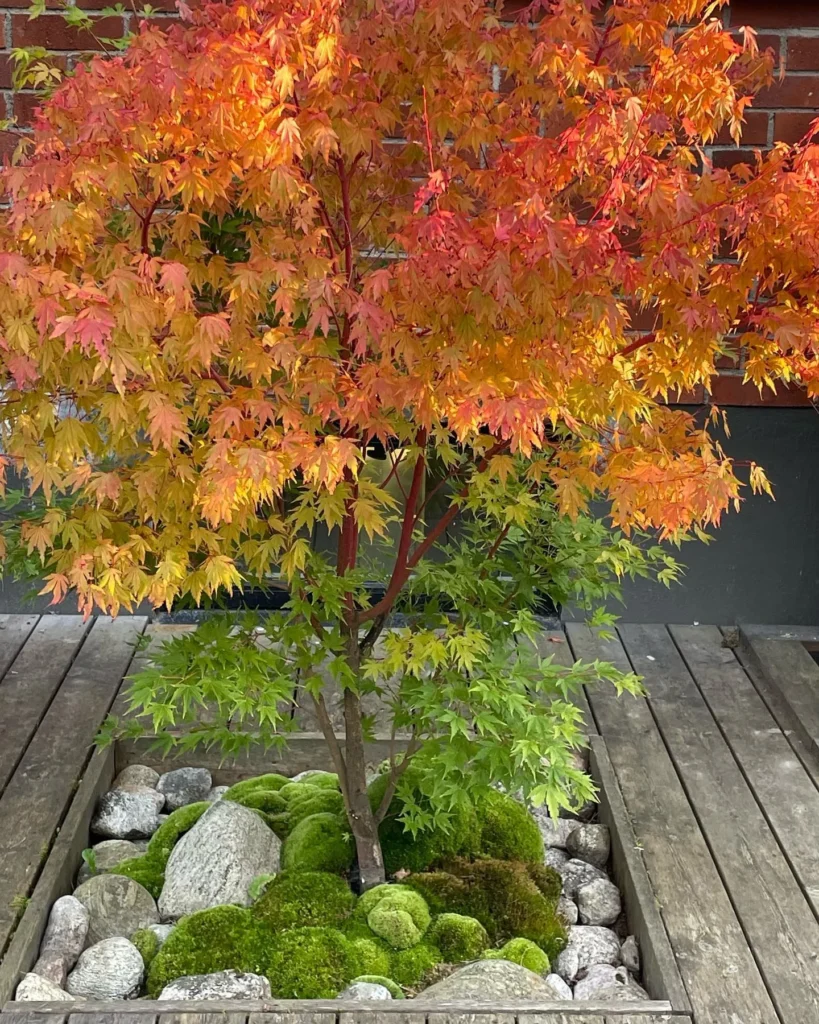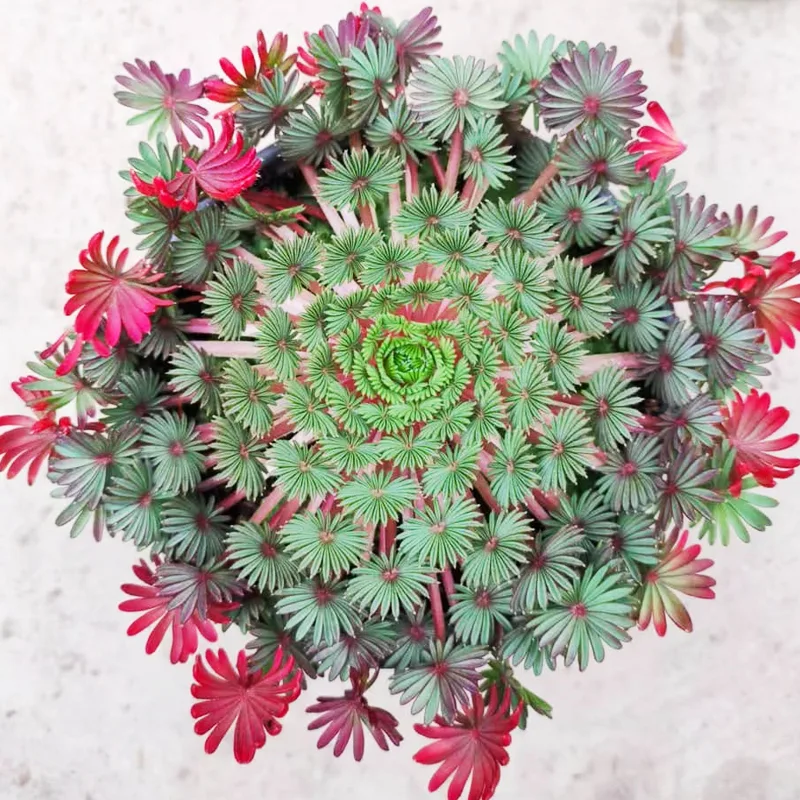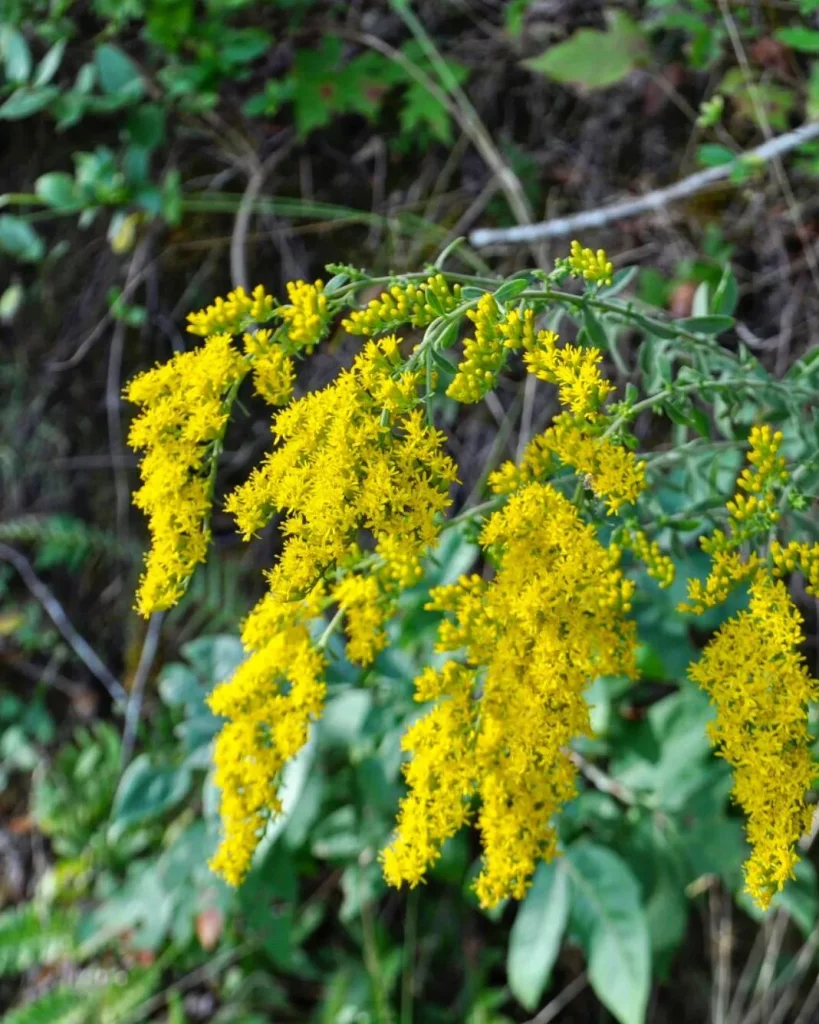
657 Species in Genus Quercus – Oak Tree
What is Quercus Shumardii?
Quercus Shumardii, commonly known as Shumard Oak, is a species of oak tree native to the central and eastern United States. It’s a large deciduous tree that grows up to 80 feet tall with a broad, rounded canopy. The tree is known for its striking red to orange autumn color and its robust growth in a variety of soil types. It thrives in full sunlight and is often planted as a shade tree in parks, streets, and yards.
How to care for Quercus Shumardii?
Shumard Oak requires full sunlight for at least six hours a day and thrives in well-drained soil, though it can tolerate a range of soil types. It’s crucial to water the tree regularly, especially in dry periods, but avoid waterlogging. Fertilizing with a balanced fertilizer in early spring can help promote healthy growth. Pruning should be done in late winter to early spring to maintain shape and remove any dead or diseased branches.
How to propagate Quercus Shumardii?
Quercus Shumardii can be propagated by acorns. Collect acorns in the fall when they are mature, and plant them in a nursery bed or pots in early winter. It’s best to cold stratify the acorns before planting, which involves keeping them in a cool environment for a few weeks to mimic winter conditions. Germination typically occurs in the spring, and the seedlings can be transplanted once they are large enough to handle.
What to plant with Quercus Shumardii?
Quercus Shumardii pairs well with a variety of understory plants. You can plant shrubs like Azalea, Mountain Laurel, or Serviceberry beneath its canopy for a natural look. Perennials such as Hostas, Wild Ginger, or ferns also thrive in the shade cast by the oak tree. For a more diverse landscape, flowering plants like Rhododendrons and Bluebells work well with Shumard Oak.
Can you grow Quercus Shumardii indoors?
Quercus Shumardii is best suited for outdoor growth due to its large size and specific sunlight and space requirements. While young saplings might survive for a short time indoors, they won’t thrive for long. The tree needs full sunlight, which is hard to provide indoors without special grow lights, and it requires ample space to grow to its full potential.
Is Quercus Shumardii toxic?
No, Quercus Shumardii is not toxic to humans or animals. However, the acorns of oak trees can be toxic to some animals, such as horses, when consumed in large quantities, due to their tannin content. It’s best to keep pets away from large amounts of acorns, especially during the fall when they are abundant.
What are the benefits of Quercus Shumardii?
Quercus Shumardii offers several benefits. As a large shade tree, it provides excellent cover from the sun, making it ideal for residential or urban areas. Its robust growth makes it valuable for erosion control on slopes, and its acorns serve as a food source for wildlife. The tree’s fall color adds aesthetic value, and its strong wood is useful for furniture, flooring, and construction.
Common problems with Quercus Shumardii?
Shumard Oak is generally a low-maintenance tree, but it can face some issues. Common problems include oak wilt, which is caused by a fungal infection, and insect pests like the oak leaf roller or the oak worm. Leaf spots, rusts, and mildew can also occur, especially in wet conditions. Regular inspection and proper care can help mitigate these issues.
How does Quercus Shumardii compare with other oaks?
Compared to other oaks, Quercus Shumardii is known for its faster growth rate and vibrant fall color. It’s similar to Red Oak (Quercus rubra), but it tends to have a more upright growth habit, making it more suitable for narrower spaces. Shumard Oak also tends to be more resistant to drought and heat stress than some other oak varieties, making it a great choice for warmer regions.
What is the ideal soil for Quercus Shumardii?
Shumard Oak prefers well-drained, slightly acidic to neutral soils. It can tolerate a range of soil types, including clay, loam, and sandy soils, but the tree does best in fertile soil that retains moisture without becoming soggy. Ensuring proper drainage around the root zone is essential to avoid root rot.
How fast does Quercus Shumardii grow?
Shumard Oak is a relatively fast-growing oak species. Under optimal conditions, it can grow up to 2 feet per year. This makes it a good choice for those who want a tree that provides shade more quickly than slower-growing species like White Oak or Live Oak.
What size does Quercus Shumardii reach?
Quercus Shumardii can grow quite large, reaching heights of 60 to 80 feet with a spread of 40 to 50 feet. Its large, broad canopy provides excellent shade, making it a great choice for landscaping. This size also makes it ideal for larger yards and park spaces.
If i die, water my plants!



